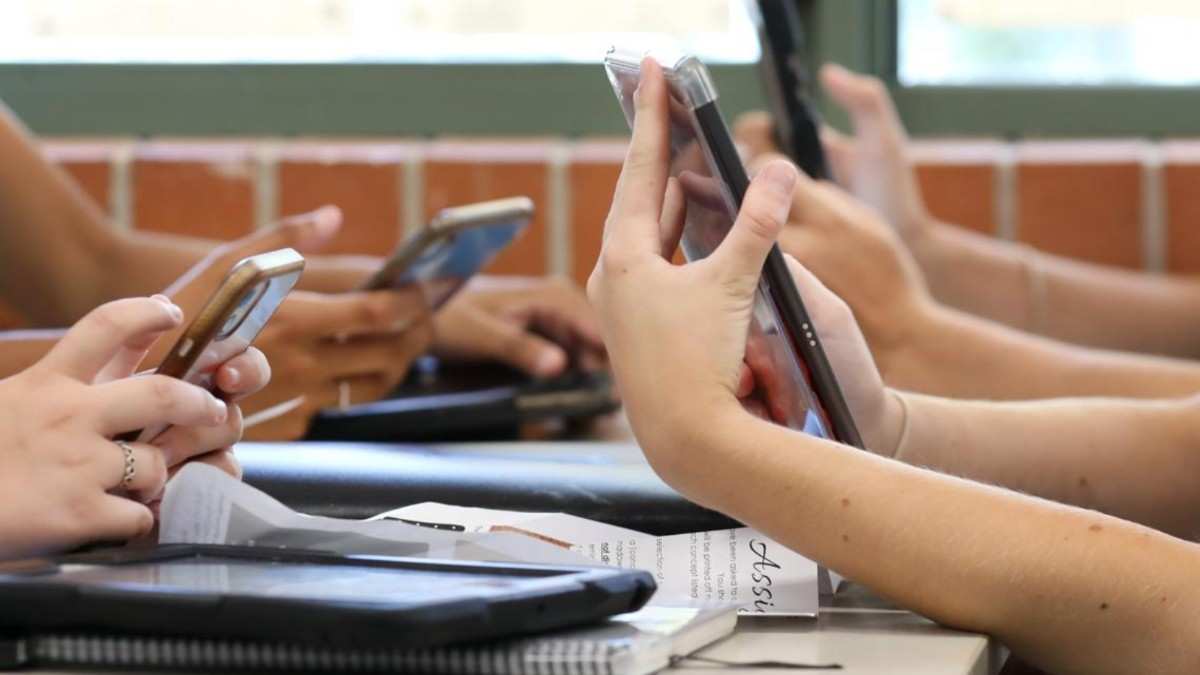
As the Dalai Lama reaffirms his faith in tradition and gently draws a line around the sacred process of succession, the world watches a spiritual legacy prepare for its next chapter. His quiet yet firm voice challenges political overreach without conflict, anchoring the future of Tibetan Buddhism in timeless customs. Whether this leads to unity or rival claims remains to be seen—but one truth endures: the soul of Tibet, sheltered in faith and history, continues to shine beyond borders, with India remaining its silent yet steadfast guardian.
🔹 STORY HIGHLIGHTS:
-
Dalai Lama confirms that the tradition will continue with a successor.
-
Emphasizes reincarnation should follow Tibetan Buddhist customs.
-
China insists it must approve the next spiritual leader.
-
India remains a steadfast host to the Tibetan community in exile.
-
Fears of two rival Dalai Lamas grow within the Tibetan diaspora.
After years of uncertainty, the Dalai Lama has officially announced that there will be a successor to his spiritual title, putting to rest widespread speculation on the continuation of the centuries-old tradition. The statement, made during prayer celebrations marking his 90th birthday in the Tibetan lunar calendar, carries deep religious, political, and international implications—especially in the context of ongoing tensions between China and the Tibetan exile community in India.
The 14th Dalai Lama, Tenzin Gyatso, used the occasion to make a clear and pointed declaration that the next reincarnation must be found strictly according to Tibetan Buddhist traditions, subtly but unmistakably drawing a boundary against Chinese political interference.
A Spiritual Legacy Rooted in the Himalayas
For millions of Tibetans and followers of Tibetan Buddhism worldwide, the Dalai Lama is not merely a spiritual head but a living embodiment of compassion—revered as the manifestation of Avalokiteshvara, the Bodhisattva of Mercy. His Holiness has long been viewed as a beacon of peace and religious harmony, with his teachings emphasizing non-violence, inner peace, and universal compassion.
Now based in Dharamshala, Himachal Pradesh, the Dalai Lama has lived in exile in India since 1959, after fleeing Chinese repression following the failed Tibetan uprising. India, in a firm humanitarian gesture, granted him and thousands of Tibetan refugees asylum—a move that was not just bold but deeply rooted in the Indian civilizational ethos of protecting those who seek refuge.
A Tradition Intertwined with Mysticism and Culture
Unlike most modern religious successions, the Dalai Lama’s rebirth is believed to occur through reincarnation, a spiritual process considered sacred and intricate. According to tradition, once the incumbent Dalai Lama passes away, senior monks and scholars set out on a search for signs and visions indicating where the next incarnation has been born. This search may take years and involves identifying a young child who may recognize belongings of the previous Dalai Lama—considered a sign of continuity.
Tenzin Gyatso himself was identified in 1937 at the age of two, when he correctly pointed out objects belonging to the 13th Dalai Lama and exclaimed, “It’s mine, it’s mine.” Two years later, he was formally recognized as the 14th Dalai Lama and enthroned in 1940.
India’s Moral Stand and the Dalai Lama’s Message
India has consistently provided sanctuary and support to the Tibetan community in exile, while maintaining a principled stand on peaceful engagement. The Dalai Lama’s presence on Indian soil has been symbolic—a blending of spiritual traditions between the ancient Buddhist roots of India and the Himalayan Buddhist culture of Tibet.
In a televised message on June 30, the Dalai Lama reiterated the importance of continuing the tradition of reincarnation, stating:
“The authority to recognize the next Dalai Lama rests solely with the Gaden Phodrang Trust.”
He further emphasized:
“No one else has any such authority to interfere in this matter. The search must be carried out in strict accordance with past traditions.”
This is a direct rebuttal to Beijing’s repeated claims that it holds the final say in who the next Dalai Lama should be.
China’s Response and Rising Concerns
Not long after his statement, the Chinese Foreign Ministry responded, once again asserting that it must approve the next reincarnation of the Dalai Lama. This stance has triggered concerns within the Tibetan exile community and beyond, that Beijing might attempt to install a rival Dalai Lama, selected under political influence, to assert greater control over Tibetan religious life.
Many fear that if the spiritual succession is not clearly defined by the current Dalai Lama, China may exploit the vacuum to legitimize its control over Tibet. This would lead to the emergence of two competing Dalai Lamas—one recognized by the Tibetan community and the other installed by Chinese authorities.
A Shift from Political to Spiritual Leadership
In 2011, the Dalai Lama voluntarily relinquished his political role in the Tibetan government-in-exile, ending a 368-year tradition of dual spiritual and temporal leadership. A democratic structure was introduced with an elected president now heading the Central Tibetan Administration, headquartered in India.
This transition allowed the Dalai Lama to focus exclusively on his spiritual role, a decision that aligned with democratic values and also distanced the religious institution from direct political involvement.
In his 2024 book Voice for the Voiceless, he reiterated that his successor would be born in a “free world,” suggesting that China will not be the birthplace of the 15th Dalai Lama.
India’s Role: Custodian of Tibetan Freedom
India’s role in the saga remains vital and visible. By hosting the Tibetan exile community and allowing the spiritual and democratic institutions of Tibet to function on its soil, India has preserved Tibetan culture, language, and religious continuity. Dharamshala has become the heart of Tibetan aspirations, and the Dalai Lama’s enduring presence in the Himalayan town is a powerful testament to India’s commitment to protecting vulnerable communities.
For India, the Dalai Lama is more than just a guest. He is a bridge between cultures, a symbol of religious resilience, and a spiritual partner in promoting peace and compassion in the region and beyond.
Looking Ahead
As the world awaits the eventual transition, one truth remains firm: the voice of the Tibetan people, their traditions, and their spiritual leader’s guidance remain strong and rooted in freedom—nurtured not within the constraints of control, but in the openness of exile.
The next Dalai Lama, whenever and wherever identified, will carry the spiritual torch forward—not under the shadow of political mandates, but through the light of an unbroken tradition that began centuries ago and now finds shelter in India.
As the Dalai Lama reaffirms his faith in tradition and gently draws a line around the sacred process of succession, the world watches a spiritual legacy prepare for its next chapter. His quiet yet firm voice challenges political overreach without conflict, anchoring the future of Tibetan Buddhism in timeless customs. Whether this leads to unity or rival claims remains to be seen—but one truth endures: the soul of Tibet, sheltered in faith and history, continues to shine beyond borders, with India remaining its silent yet steadfast guardian.
We appreciate you taking the time to read our most recent article! We appreciate your opinions and would be delighted to hear them. We value your opinions as we work hard to make improvements and deliver material that you find interesting.
Post a Comment:
In the space provided for comments below, please share your ideas, opinions, and suggestions. We can better understand your interests thanks to your input, which also guarantees that the material we offer will appeal to you. Get in Direct Contact with Us: Please use our “Contact Us” form if you would like to speak with us or if you have any special questions. We are open to questions, collaborations, and, of course, criticism. To fill out our contact form, click this link.
Stay Connected:
Don’t miss out on future updates and articles








